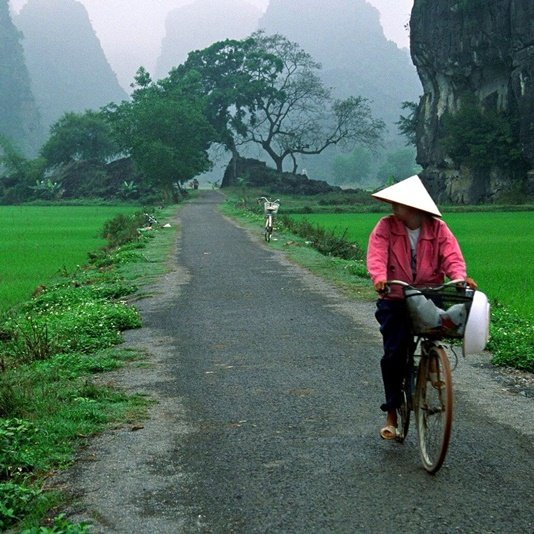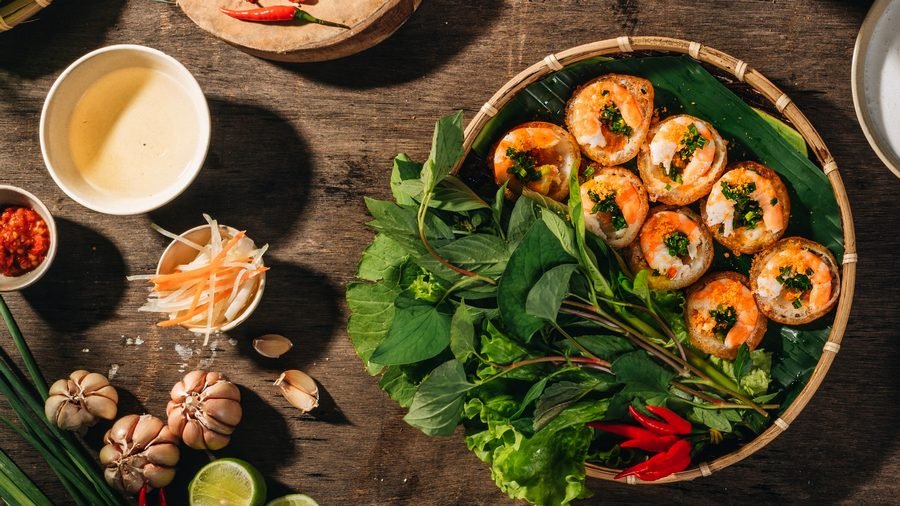Cambodia has gone from being a place of passage of travelers to Asia, to become a tourist attraction that begins to make its way among the main destinations chosen by travelers.
This small and exotic country of Southeast Asia is traversed from north to south by the Mekong River. The majority of Cambodians live in the fertile central plains of the Mekong-Tonle basin.
The main reason for visiting Cambodia are undoubtedly the temples of Angkor, the political and religious center of the Khmer Empire that is remembered as the brightest period in the history of Cambodia.
HISTORY OF CAMBODIA
Angkor is the heart of Cambodia, representing the identity of the Khmer people. Capital until 1431, it was bandonada and devoured by the jungle until at the end of the 19th century it was discovered by western archaeologists. In 1992, it is declared a World Heritage Site by UNESCO.
Siem Reap is the starting point to visit this impressive architectural show where you can see some of the most fascinating buildings in the world.
Images that evoke the life of their ancestors mixed with the color of their landscape of lakes, rivers, jungles and tropical fauna, and also, with some monk wrapped in his saffron-colored robe.
The capital of Cambodia is Phnom Penh, which retains an undeniable charm in its boulevards and colonial buildings, despite its complicated and violent past.
THE CLIMATE IN CAMBODIA
The climate in Cambodia is distinguished by two monsoon eras, the cold and dry monsoon, from November to March and the humid from May to October. The average annual temperatures range between 21ºC and 35ºC. The best time to travel to Cambodia is the dry season from November to March with cooler temperatures. Cambodia can be visited throughout the year. However, those who plan to travel mainly by road should avoid the last two months of the rainy season when some rural roads may be impassable.
LANGUAGE
The official language of Cambodia is the Khmer, although English and French are quite widespread in tourism and business.
RELIGION
The official religion in Cambodia is Theravada Buddhism, it teaches people to seek their own enlightenment and abandon worldly things. They coexist Hinduism and Buddhism. Most of the temples of the Angkor Empire were dedicated to God Shiva or God Vishnu.
In addition to Hinduism and Buddhism, the Khmer people also had their own indigenous beliefs, such as local deities, ancestral spirits, as well as diabolic spirits. There are no inscriptions or manuscripts describing these beliefs, however they are widespread in modern Cambodia, especially in remote villages. These beliefs have passed from generation to generation orally.
COIN
The official currency of Cambodia is the Rail. One euro is 5535 Cambodian rails. In most of Cambodia’s main resorts, American dollars are accepted without problem. Only Euros can be exchanged at the Cambodian Public Bank.
Outside of Phnom Penh and Siem Reap, credit cards are not accepted and ATMs do not exist.
CUSTOMS
The passport must have a minimum validity of 6 months. Entry visa is required, which will be processed upon arrival in Cambodia. It is necessary to have 1-2 passport type photographs. Its validity is 30 days.
The visitor arriving by land from Laos must obtain the visa before arrival at the Cambodian border. During the flight or upon arrival, an immigration and customs form must be completed.
In order to visit the Angkor Temple, a passport-type photograph is required and a form must be completed on the day of the visit. With this you get a multiple pass for 2-3 days or a week. The photo can be taken at the ticket office without charge, but it is recommended that all visitors bring a photo on arrival in Cambodia.
HEALTH TIPS
There are no mandatory vaccines, however, anti-malaria prophylaxis is recommended. In addition, travelers are advised to consult with their doctor or a clinic specialized in travel vaccines regarding Japanese encephalitis, typhoid fever, tetanus, hepatitis A and B.
Since it is not certain that essential medicines can be found, it is convenient to take them with you. It is advisable to wear a hat, cream with high sun protection and some anti-mosquito lotion, in addition to always drink bottled water.




